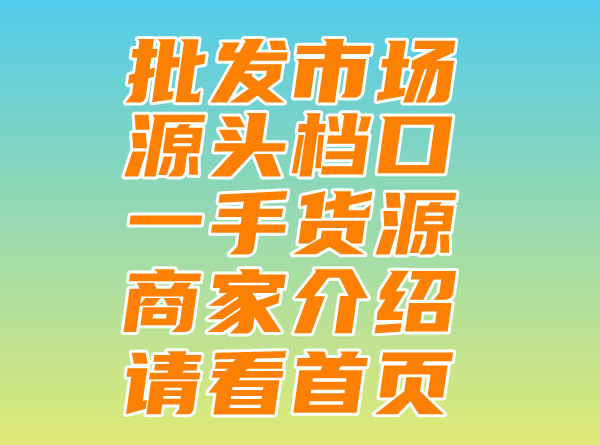Luxury Brand Replicas: Priced at Over Thousand Dollars.
Luxury Brand Replicas: Priced at Over Thousand Dollars.,
**Luxury Brand Replication and the Rise of High-End Prices**
Introduction
In the world of consumer goods, the fashion industry is continually evolving. As luxury brands gain popularity, their designs are often replicated and reintroduced into the market at significantly higher prices. This phenomenon has become a subject of debate among fashion enthusiasts, industry insiders, and ordinary consumers. Let's explore the reasons behind this trend and what it means for the luxury industry as a whole.Firstly, the phenomenon of luxury brand replication is not new. As brands grow in popularity, their designs often become inspiration for other manufacturers to create similar products. However, what has changed is the way these replicas are priced and marketed. While in the past, replicas were produced to cater to the budget-conscious consumer segment, today they are offered with high-end price tags, sometimes even approaching the original luxury brand prices.
What accounts for this shift? Luxury brands have successfully established their status as high-end, prestigious entities with a strong emphasis on quality, craftsmanship, and brand reputation. When replicated products are sold at significantly higher prices, it's not just about the quality of the materials used but also about the reputation and influence of the original brand. The market has realized that certain brand names hold significant value, and there's a segment of consumers willing to pay a premium for those names.
The Reasons Behind High-End Replication
There are multiple factors driving this trend. One is the increasing disposable income among consumers worldwide. With more people having higher purchasing power, there's a growing demand for exclusive and premium products, even if they are replicas of luxury brands.
Moreover, social media and digital marketing have played a pivotal role in showcasing these replicated products to a wider audience. As influencers and celebrities showcase these high-end replicas on their platforms, it drives curiosity and desire among followers, leading to increased sales.
Lastly, the rise of e-commerce has made it easier for manufacturers to reach out to a global audience. This broader market reach allows them to capitalize on demand for luxury-inspired products at higher prices.
Impact on Luxury Brands and Consumers
The rise of high-end replicas has both positive and negative impacts on luxury brands and consumers.
For luxury brands, it means facing greater competition from replicas that often use their designs as inspiration. It poses a challenge in maintaining their unique identity and preserving their reputation for quality and craftsmanship.
For consumers, the availability of high-end replicas offers them an opportunity to own products that bear the same aesthetic values as luxury brands but at lower costs. However, it also means making a conscious decision about what constitutes genuine luxury versus a replica.
In conclusion, the phenomenon of luxury brand replication with high-end price tags reflects a complex interplay between consumer demand, marketing strategies, and brand reputation. It poses both challenges and opportunities for all parties involved.

- Sam Bread Replica Price Per Pack: Costly Delight Revisited
- Is the Replicat LVMH Bag from Guangzhou 1800 Too Pricey?
- Coach Jacket Retro Version: Images & Emojis Search.
- 面包怪兽复刻价格及一包的价格探讨 Bread Monster Remake Price: How Much for a Pack?
- Title: Difference between High-end Replication and Original Style Reproduction in Bags 这个标题简明扼要地指出了“高仿包”和“复刻包”的区别,并且在较短的字符数内表达了关键信息。
- Title: "One-to-One Replica Bags of Ancestral Bird: The Best in Arcteryx"
- LV Has Released the Remake of Monsuo Bag Yet?
- Title: "Differences between Luxury Bag Replica and High-Quality Knockoffs"


